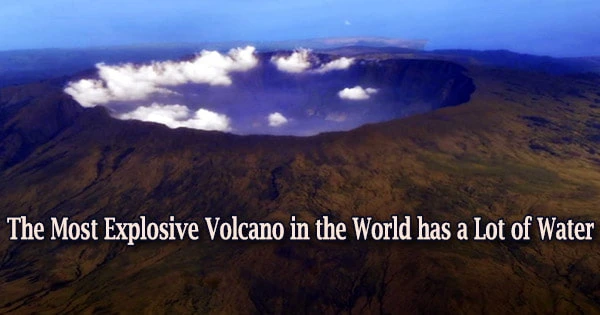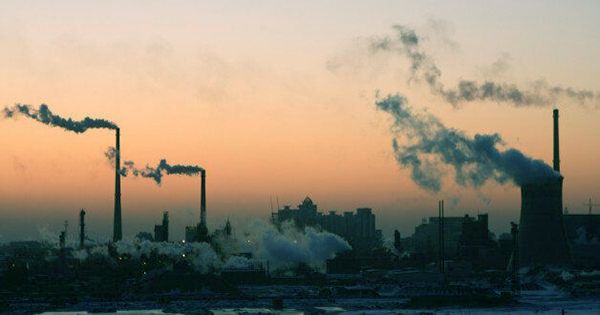Other than a sizeable population of brown bears and the most explosive volcano in the world, Kamchatka is a sparsely populated peninsula in northeastern Russia, located across the Bering Sea from Alaska.
Over the past 10,000 years, the Shiveluch volcano in Kamchatka has erupted violently more than 40 times. The most recent massive explosion took place in 1964, leaving a new crater and pyroclastic flows that covered an area of around 100 square kilometers.
Shiveluch, however, has been erupting for more than 20 years, and it is doing so once again. So why would anyone risk venturing too close?
Michael Krawczynski, assistant professor of earth and planetary sciences in Arts & Sciences, and graduate student Andrea Goltz are among the Washington University in St. Louis researchers who brave the harsh conditions on Kamchatka in order to learn more about Shiveluch and possibly better understand the global water cycle and the plumbing systems of other volcanoes.
In a recent study, scientists from the Krawczynski lab examined tiny nodules of early magma that were erupted and preserved amidst other materials. The work was published in the journal Contributions to Mineralogy and Petrology.
The only way to get primitive, pristine materials at low temperatures is to add lots and lots of water. Adding water to rock has the same effect as adding salt to ice; you’re lowering the melting point. In this case, there is so much water that the temperature is reduced to a point where amphiboles can crystallize.
Michael Krawczynski
“The minerals in these nodules retain the signatures of what was happening early in the magma’s evolution, deep in Earth’s crust,” said Goltz, the lead author of the paper.
The scientists discovered that there is between 10% and 14% water by weight (wt%) inside Shiveluch. Less than 1% of volcanoes include water. The average for subduction zone volcanoes is about 4%, seldom rising to 8 wt%, which is regarded as superhydrous.
A mineral known as amphibole is of special relevance because it serves as a stand-in or fingerprint for high water content at established temperature and pressure. Researchers can determine how much water is available down beneath Shiveluch thanks to the mineral’s distinctive composition.
“When you convert the chemistry of these two minerals, amphibole, and olivine, into temperatures and water contents as we do in this paper, the results are remarkable both in terms of how much water and how low a temperature we’re recording,” Krawczynski said.
“The only way to get primitive, pristine materials at low temperatures is to add lots and lots of water,” he said. “Adding water to rock has the same effect as adding salt to ice; you’re lowering the melting point. In this case, there is so much water that the temperature is reduced to a point where amphiboles can crystallize.”
















